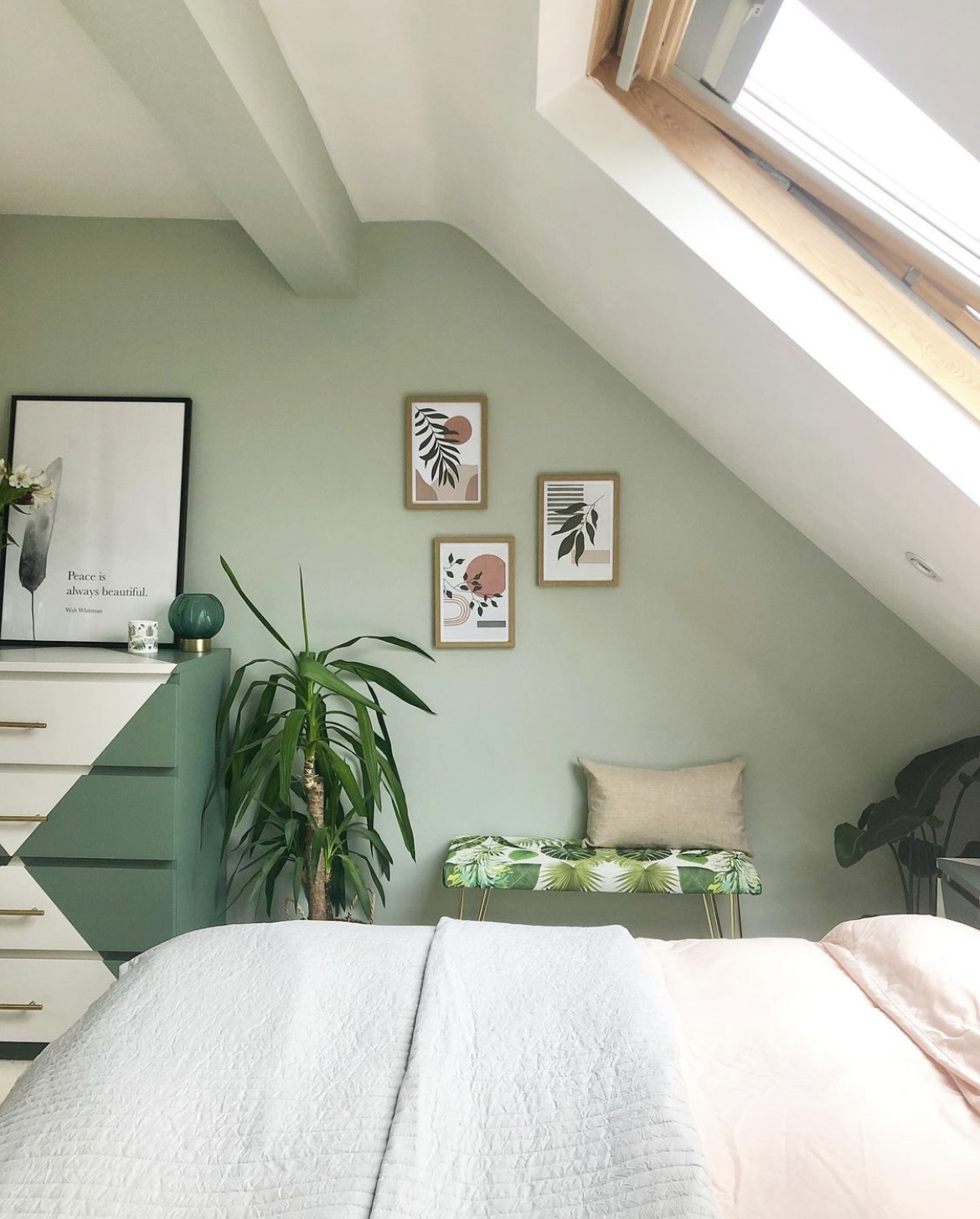
In contemporary home construction, integrating versatile and sustainable materials plays a significant role in achieving design elegance and functionality. Among the various building materials that have revolutionized the construction industry, one, in particular, has emerged as a popular choice for architects, interior designers, and builders. Though not immediately apparent, the impact of plasterboard on construction cannot be overlooked.
Versatility in Design
One of the primary attributes that make plasterboard an indispensable material is its flexibility in catering to diverse design needs. This often underappreciated material is found in many modern homes, and its applications go well beyond mere walls and ceilings.
By employing plasterboard, designers can create arches, curves, and complex geometric patterns without requiring extensive structural adjustments. This malleability has enabled new vistas in interior aesthetics, allowing for designs that would have been previously challenging or cost-prohibitive.
Improved Acoustics and Insulation
The construction world continually seeks materials contributing to a building’s overall performance. Plasterboard has proven to be valuable in this aspect as well. Certain specialized versions of this material offer enhanced acoustic properties, leading to a quieter living space.
Further, plasterboard can provide excellent thermal insulation when combined with other insulating materials. Energy efficiency is a prime consideration in today’s construction, and the strategic use of plasterboard contributes significantly to overall insulation and climate control.
Environmental Considerations
The sustainability of construction materials is essential in a world increasingly aware of its ecological responsibilities. Plasterboard is often produced using recycled materials, making it an environmentally friendly option. Additionally, it can be recycled at the end of its life cycle, thus minimizing waste and contributing to a more sustainable construction industry.
Easy Installation and Maintenance
One of the practical reasons behind the widespread use of plasterboard in various construction projects is its relative ease of installation. Builders appreciate the speed and efficiency with which it can be put into place, enabling quicker project completion times.
Maintenance of plasterboard is also straightforward. Damaged areas can be easily repaired or replaced without a significant overhaul, ensuring that it looks and performs at its best without hefty costs.
Conclusion
Though not often spotlighted, plasterboard plays a pivotal role in modern construction. Its multifaceted applications contribute to a wide range of functional benefits, including innovative design possibilities, improved acoustics and insulation, and environmental sustainability.
By understanding the versatile nature of plasterboard, architects, and designers can leverage this material to create living spaces that not only fulfill practical needs but also elevate aesthetics to new heights. The continued innovation and development of plasterboard products undoubtedly pave the way for more exciting opportunities in architecture and interior design.
While plasterboard may not be the most glamorous of materials, its ability to contribute to so many aspects of construction makes it an essential part of our built environment. In its quiet, unassuming way, plasterboard has become a cornerstone of modern building practice.
Post in collaboration
Hello. I have browsed booandmaddie.com and am interested in guest posting on it? What are the terms of cooperation? Thanks, I’m waiting for an answer.